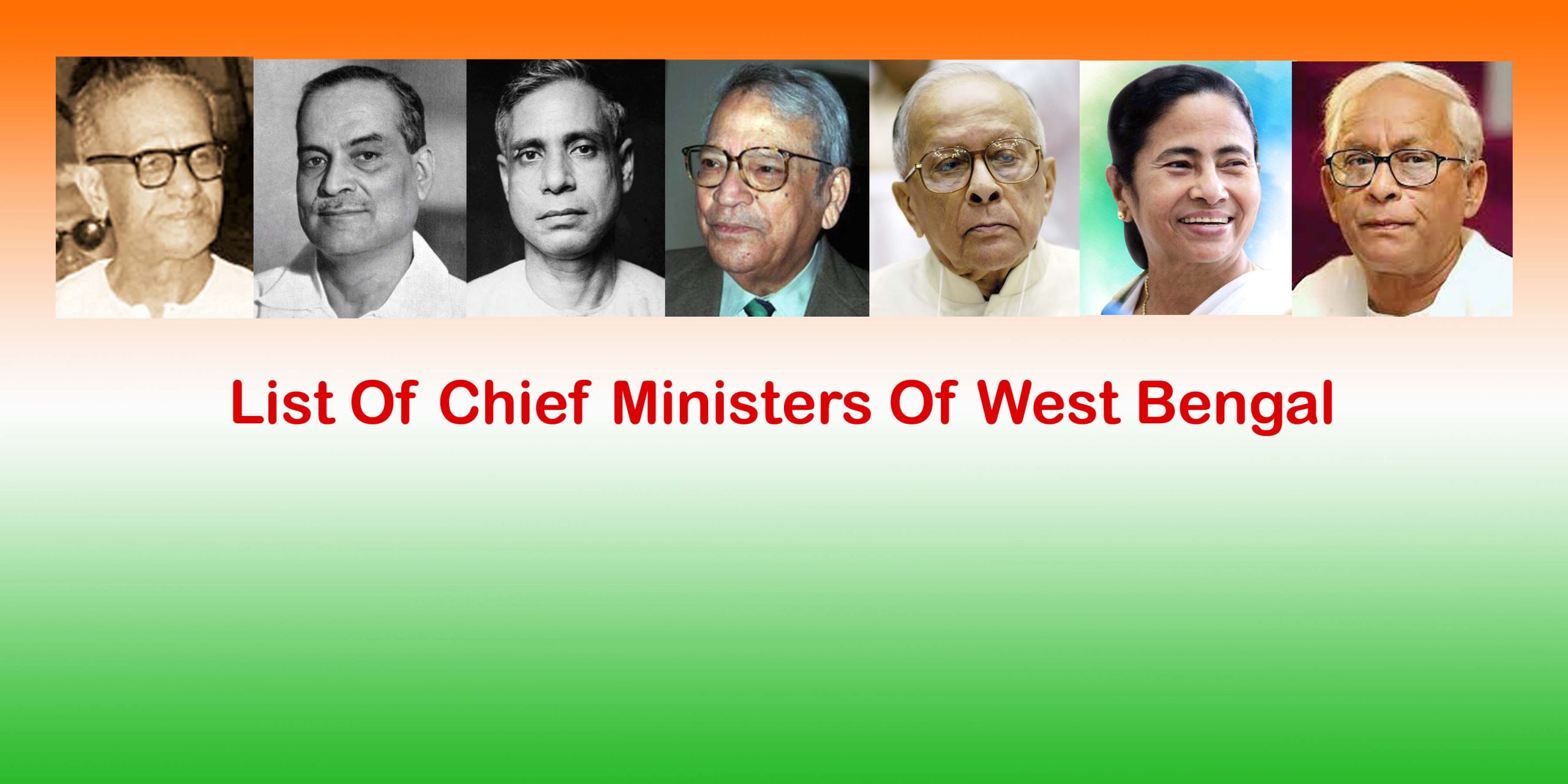
Journey of Chief Ministers of West Bengal Since Independence
West Bengal is a vibrant part of Indian politics, filled with rich culture, critical social movements, and active governance. Over the years, many different leaders have been in charge here, each impacting the state’s history and growth. In A Journey of Chief Ministers of West Bengal Since Independence, what each Chief Minister has done and how they’ve helped West Bengal grow and change. This list of Chief Ministers has taken turns guiding West Bengal through ups and downs, making big moves to help it develop, face tough times, and evolve.
In A Journey of Chief Ministers of West Bengal Since Independence, we will examine these leaders more closely, discussing the major projects they undertook, the obstacles they encountered, and their lasting impacts on the state. Let’s dive into the stories of these remarkable leaders and see how they’ve helped shape West Bengal into what it is today.
A Journey Through Leadership: West Bengal Chief Ministers Since 1950
Bidhan Chandra Roy (1950-1952, 1952-1957, 1957-1962, 1962)
Bidhan Chandra Roy, a renowned doctor and freedom fighter, became the Chief Minister of West Bengal right after India became independent. He focused on improving social welfare and developing industries, which greatly influenced the state’s direction during a crucial time of nation-building.
Key Contributions:
- He led industrializing efforts, boosting economic growth and creating jobs in various industries.
- They have implemented significant changes in education to provide more people with access to quality schooling and to support scientific research.
- He initiated important healthcare projects, such as building renowned hospitals and extending medical services to rural areas.
- He played a crucial role in uniting different communities and ensuring unity throughout West Bengal.
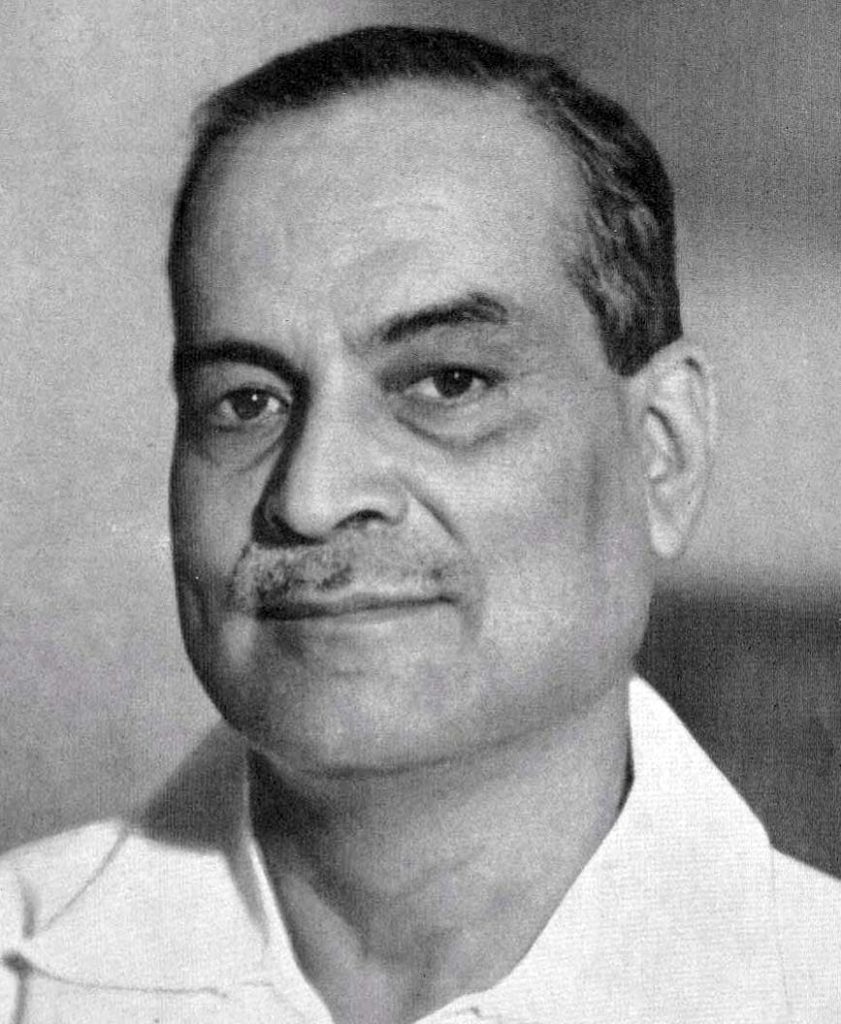
Challenges:
- He is Tackling economic differences and improving life, especially in rural areas and for groups facing discrimination.
- Dealing with the effects of partition, like helping refugees find homes and settle, even though there weren’t enough resources or good infrastructure.
- They handle political disagreements and keep things stable in an area with many different ideas and beliefs.
Legacy: Bidhan Chandra Roy’s visionary leadership and steadfast dedication to the progress and well-being of West Bengal continue to shape the state’s socio-economic landscape. His healthcare, education, and industrialization contributions earn him admiration and respect across generations, cementing his enduring legacy.
Prafulla Chandra Sen (1962-1967)
Prafulla Chandra Sen became the Chief Minister of West Bengal during significant changes in politics and society. He was from the Indian National Congress and faced many challenges and chances to move the state forward.

Key Contributions:
- Led efforts to update farming methods and make them more productive in rural areas.
- Started policies to bring in investments and help industries grow, which created jobs and boosted the economy.
- Pushed more schools and literacy programs to help young people learn and become more skilled.
- Made sure there were programs to help poor people, like giving them better access to healthcare and housing.
Challenges:
- They handle disagreements and different ideas within the ruling party and in politics.
- Dealing with unhappy workers and keeping things peaceful in industries as they ask for better conditions and pay.
- He is trying to ensure everyone in both cities and the countryside gets treated fairly. He has the same chance to develop in West Bengal.
Legacy: Prafulla Chandra Sen’s time as Chief Minister had a lasting impact on West Bengal’s socio-economic makeup. His agriculture, industry, education, and social welfare efforts shaped the state’s development path. Despite facing tough challenges, Sen’s leadership played a crucial role in setting the stage for progress and reform, leaving behind a legacy of positive change.
Ajoy Kumar Mukherjee (1967, 1969-1970, 1971)
Ajoy Kumar Mukherjee became well-known in West Bengal during significant changes and trouble. He was part of the Bangla Congress party and was known for really caring about what people needed and wanted.
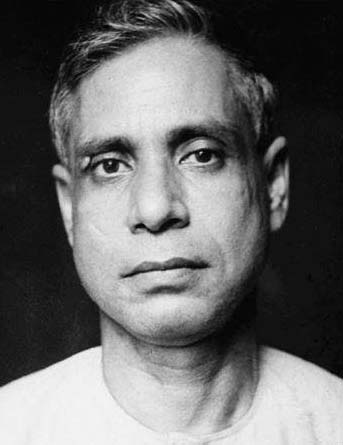
Key Contributions:
- Pushed for changes in farming to help farmers and improve farming, which helped reduce poverty in rural areas and improve people’s lives.
- Put in place rules to help industries grow and get more money coming in, which created more jobs and helped the economy get better.
- Worked hard to ensure everyone could go to school and have chances to learn more, no matter who they were.
- Started programs to ensure sick people could get help and that those who needed extra support got it, which helped everyone live better lives.
Challenges:
- They are dealing with lots of different political parties and ideas, which can make things unstable and complicated.
- Making sure everyone, no matter how much money they have, gets treated fairly and has the same chances to grow and succeed.
- Helping people from different backgrounds get along and feel like they’re all part of the same community in a place like West Bengal, where many different cultures and beliefs exist.
Legacy: Ajoy Kumar Mukherjee’s time as Chief Minister impacted West Bengal’s social and political scene. He worked hard to improve rural areas, help industries grow, and care for people’s well-being. Even though he faced many challenges, his dedication to the people and the state earned him respect and praise in West Bengal’s history books.
Siddhartha Shankar Ray (1972-1977)
Siddhartha Shankar Ray assumed the role of Chief Minister of West Bengal during a period of significant political and economic turmoil. He knew much about law and how to run things, so he had an intelligent plan to deal with the state’s problems.
Key Contributions:
- They significantly changed land ownership to make it fairer for everyone, especially in rural areas, which improved people’s lives and fairness.
- They started rules to help industries grow and get more money coming in, which created more jobs and helped the economy get better.
- They pushed for better schools and more chances to learn new skills, which helped people get better jobs and made the state more prosperous.
- They have started programs to help poor people, like giving them better access to healthcare and housing, which made life better for everyone.
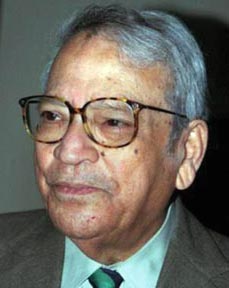
Challenges:
- They handle disagreements and different ideas within the ruling party and in politics.
- They deal with unhappy workers and keep things peaceful in industries as they ask for better conditions and pay.
- They attempt to meet everyone’s needs and ensure state improvement despite economic issues and discontent among the people.
Legacy: Siddhartha Shankar Ray’s time as Chief Minister of West Bengal left a lasting impression because of his bold actions in land reform, industrial growth, and social welfare. Even though he faced formidable challenges, his leadership was crucial in changing how the state’s economy and society worked, setting the stage for its future success and wealth.
Jyoti Basu (1977-1982, 1982-1987, 1987-1991, 1991-1996, 1996-2000)
Jyoti Basu, a big name in Indian politics, became Chief Minister of West Bengal during significant political changes and challenging times for the economy. His time in office was long and impressive, making him one of the Chief Ministers who served for the most years in Indian history.
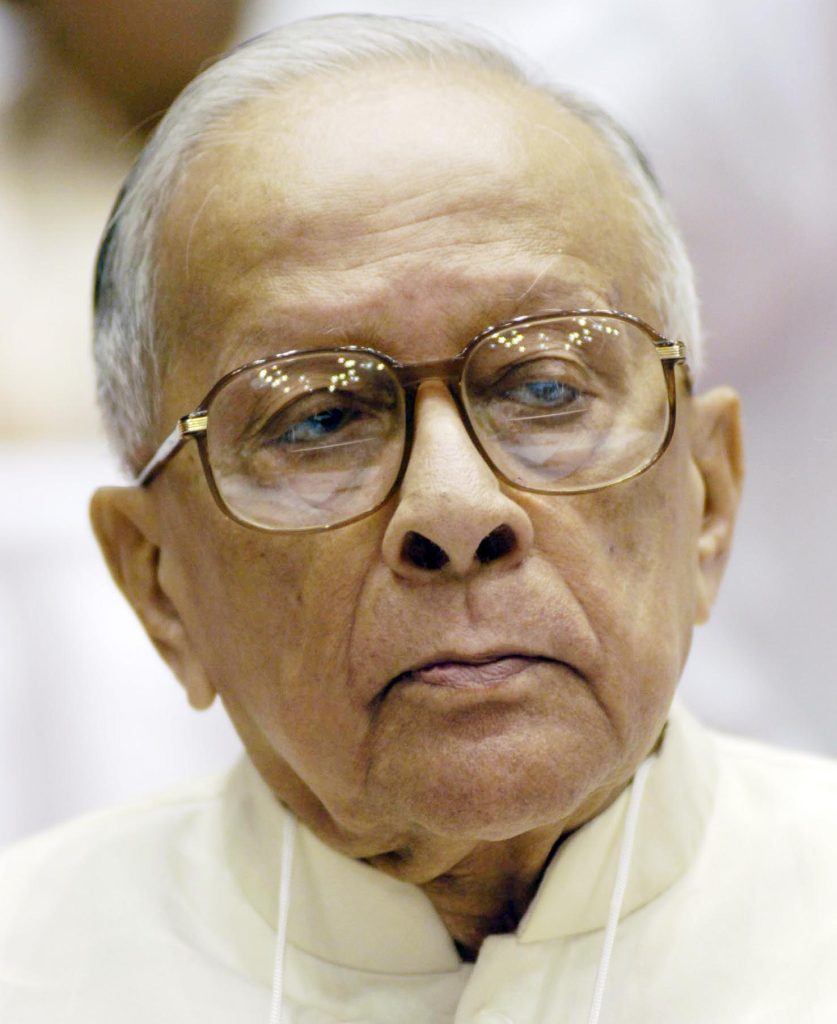
Key Contributions:
- They changed land ownership to help farmers who didn’t have land, making life better and fairer in rural areas.
- Started rules to help small industries grow all over the state, creating more jobs and supporting the economy.
- They have pushed for better schools and more chances to learn to help people get better jobs and improve the state.
- They have started programs to help poor people, like giving them better access to healthcare and housing, which made life better for everyone.
Challenges:
- Deal with complicated politics within the ruling group and ensure everyone with different ideas and interests works together.
- They were fixing problems like not enough jobs and industries not doing well, which were left by the last governments while trying to make the state’s economy better.
- Solving big problems like not enough jobs, many people being poor, and needing more good roads and buildings, even though there is little money to fix everything.
Legacy: Jyoti Basu’s dedication to helping people and improving the state left a lasting legacy as Chief Minister of West Bengal. His innovative policies and practical way of leading were critical in changing how things were in West Bengal, and they made a big difference in moving the state forward and making life better for everyone.
Buddhadeb Bhattacharya (2000-2001, 2001-2006, 2006-2011)
When Buddhadeb Bhattacharya took office as Chief Minister of West Bengal, he entered a period of significant change and economic modernization. He was into Marxist ideas, which differed from what people were used to in West Bengal. He wanted to make the state’s economy better and more modern.
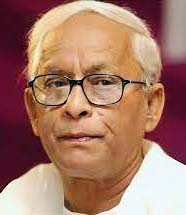
Key Contributions:
- They changed the economy to get more companies to invest money and help industries like technology and manufacturing grow.
- They have worked on building better roads, ports, and internet connections to make it easier for people to get around and do business.
- They improved schools so students could learn more and prepare for jobs needed now.
- They have started programs to help poor people, like giving them better access to healthcare and housing, which made life better for those who needed it most.
Challenges:
- They dealt with people who didn’t like the idea of making the economy more open and focused on the market in the government and other groups.
- They fix problems like industries not doing well and needing more jobs left by the last governments. At the same time, ensuring workers are happy and things stay calm.
- They try to ensure the state’s economy grows while ensuring we care for the environment and everyone gets treated fairly.
Legacy: People remember Buddhadeb Bhattacharya’s time as Chief Minister of West Bengal because he took significant steps in reforming the economy and helping industries grow. Even though some people disagreed with him and faced political challenges, his actions were necessary to change how West Bengal’s economy worked and make it a good place for businesses to invest and create new ideas. While some may have different opinions about his legacy, most agree that he improved West Bengal’s economy and infrastructure.
Mamata Banerjee (2011-2016, 2016-2021, 2021-Present)
Mamata Banerjee took office as Chief Minister of West Bengal amidst high expectations and numerous challenges. She’s been in politics long and worked closely with regular people. She emphasizes listening to people and ensuring fair treatment through her leadership.
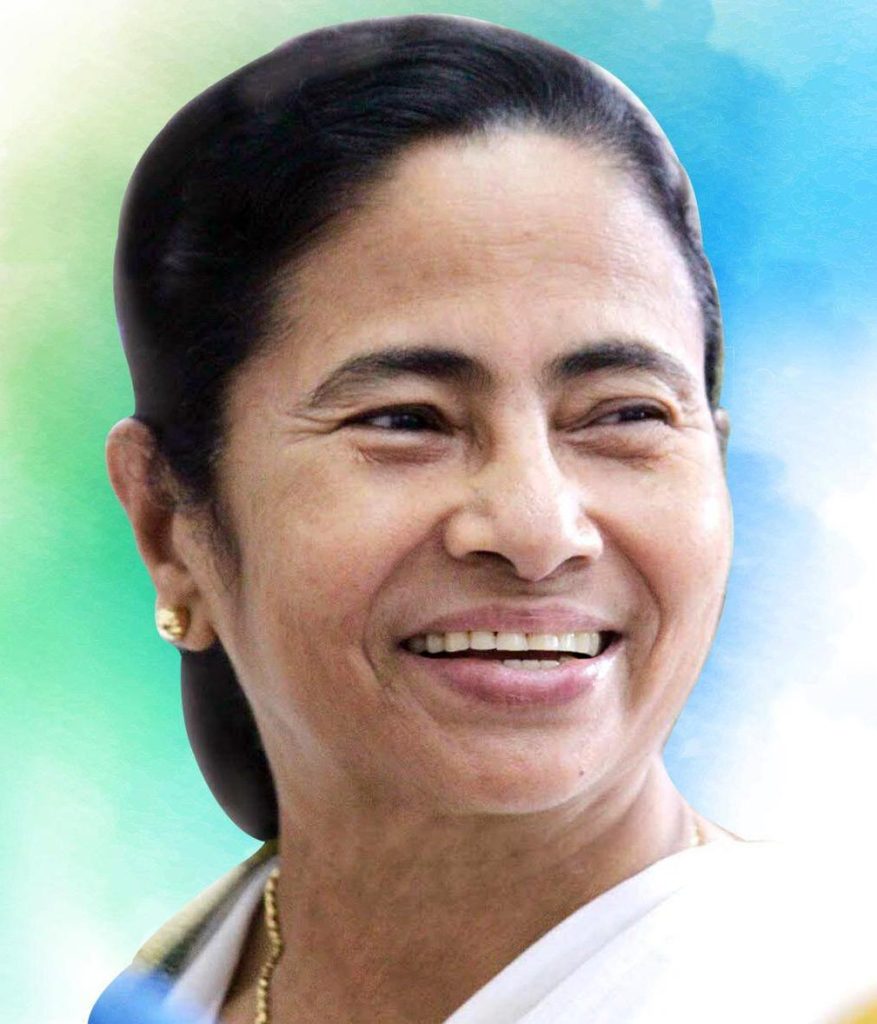
Key Contributions:
- Started programs to help people in need, like those who are poor, sick, or need education, to make life better for everyone and ensure nobody gets left behind.
- They made building roads, bridges, and public transportation a big priority to help people get around more efficiently and help businesses grow, strengthening the state’s economy.
- Spoke up for rules to bring money and create jobs, especially in areas like making things and technology, to improve the state’s economy.
- They advocated for equality, environmental protection, minority rights, fairness, and ensuring the state’s long-term health and well-being.
Challenges:
- They handle political disagreements and collaborate with various groups in a state where politics often divides.
- They fix problems from the past, like not having enough development and the economy not growing, while also solving significant issues like not enough jobs, lots of people being poor, and not having good healthcare.
- They are trying to make sure the state’s economy grows while also ensuring they take care of the environment and protect the culture and history of West Bengal.
Legacy: During her tenure as Chief Minister of West Bengal, Mamata Banerjee actively worked to empower marginalized communities, promote economic growth, and uphold democratic principles. Despite facing criticism and controversies, her government’s emphasis on social welfare and building infrastructure has dramatically affected many people’s lives in the state. As she continues to lead West Bengal, her legacy stays active and open to ongoing assessment, with her policies and actions influencing the state’s future direction.
Conclusion:
The Chief Ministers of West Bengal lineup shows the different kinds of leaders who’ve influenced this critical state. In A Journey of Chief Ministers of West Bengal Since Independence, each Chief Minister has impacted West Bengal’s politics and society, guiding it through tough times and changes. As the state keeps moving forward, the legacy of its leaders will keep inspiring and showing the way for generations to come.
On Postswirl blogging site, a Journey of Chief Ministers of West Bengal Since Independence, take a closer look at their achievements: the hurdles they faced and the difference they have made in bringing the state forward.




